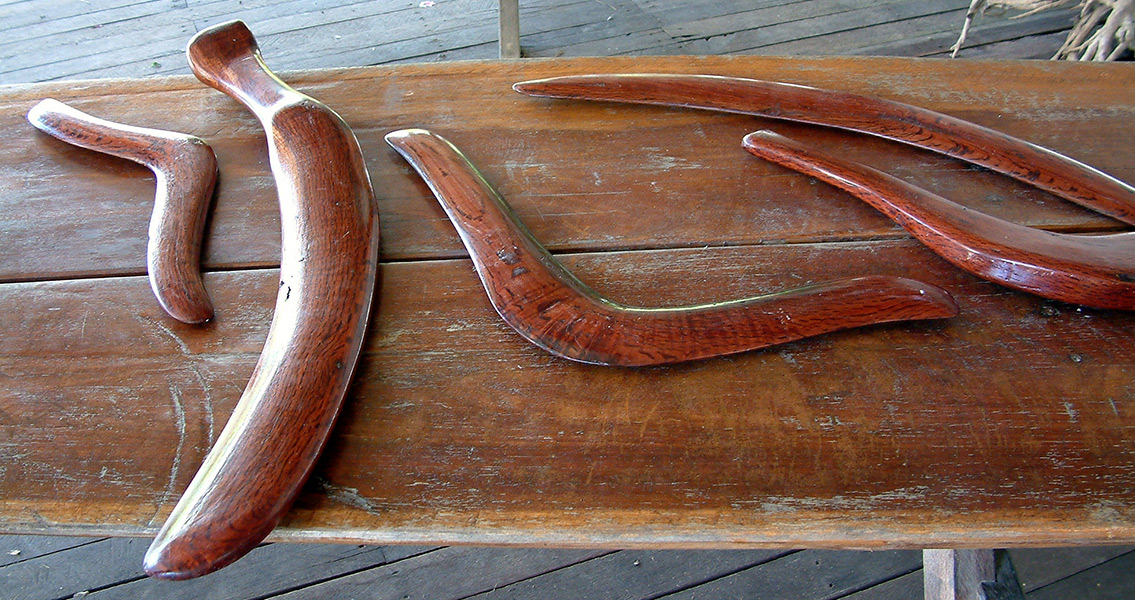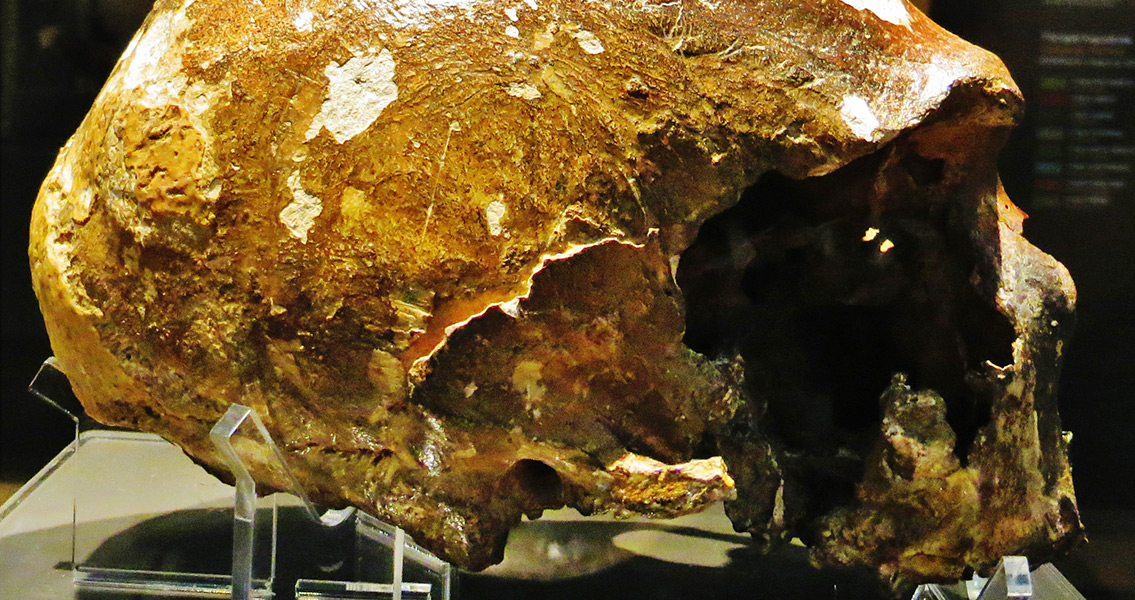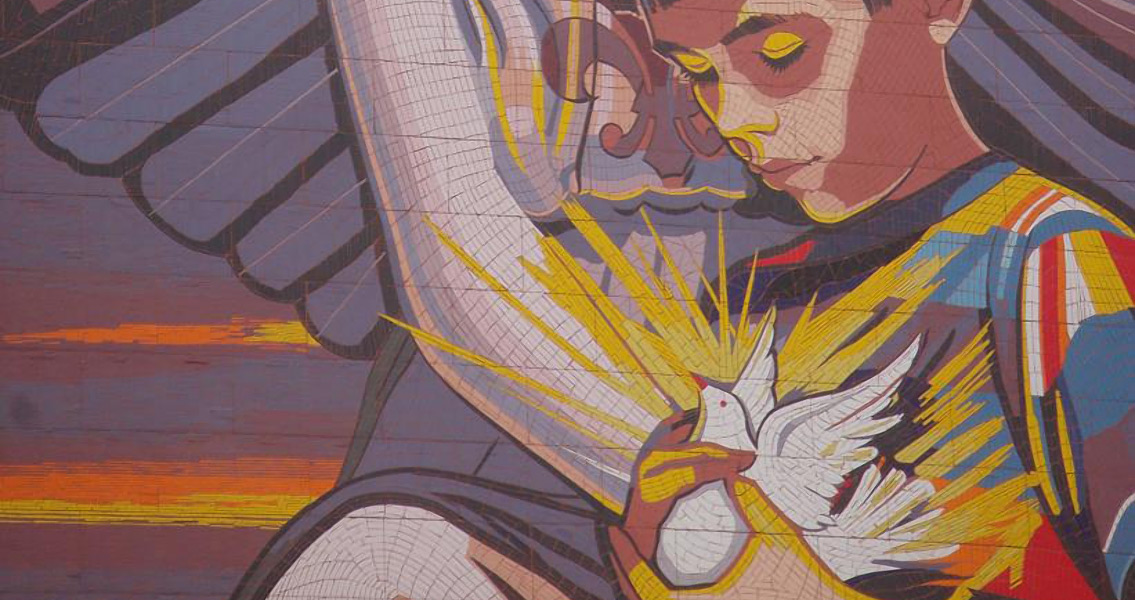The Australian that his team’s two-year investigation unearthed evidence the indigenous communities had been using deadly clubs and boomerangs which could inflict damage equal to that caused by sharp metal weapons. “The investigation of Aboriginal skeletal remains is a very sensitive topic,” Dr. Westaway said in The Australian. “Griffith University was invited by the Kurnu Barkindji to undertake this research to try and help understand when, how and why this man was killed. The results ended up being a surprise to us all,” adding, “The nature and expression of trauma suggests that some edged weapons from traditional Aboriginal culture had the capacity to inflict injuries similar to those produced by edged metal weapons.” The position of Kaakutja’s remains when he was found indicated a proper burial and not the disposal of a murder victim. To get a better understanding of what could have produced the head wound, the researchers studied the rock art at the Gundabooka Ranges, in the same vicinity and dated to approximately the same time period as the skeleton. The rock art depicts warring tribes wielding parrying shields, wonnas, fighting clubs and lil-lis. The length of the wound and the lack of injuries on the forearms (typical in hand-to-hand combat) suggests a boomerang (lil-lil) was likely the weapon. A thrown boomerang would have traveled in an arced path toward the victim, allowing it to slip behind a shield if the victim had one. The study is published in the journal Antiquity. ]]>
BREAKING NEWS
- Who was Harriet Tubman? The Life and Legacy of an American Heroine.
- What were the causes of World War I?
- The Spanish Civil War: How it all started and its aftermath
- How did the Partition of India happen and what were the consequences?
- Hildegard of Bingen: A Renaissance Woman Before Her Time
- What was Watergate?
- Seeking Refuge: International Refugee Policy and the Holocaust
- How did Switzerland stay neutral during World War II?
- Lines In The Sand, part 2: The Mexican-American War
- What is “blackbirding”?
2014 Powered By Wordpress, Goodnews Theme By Momizat Team







